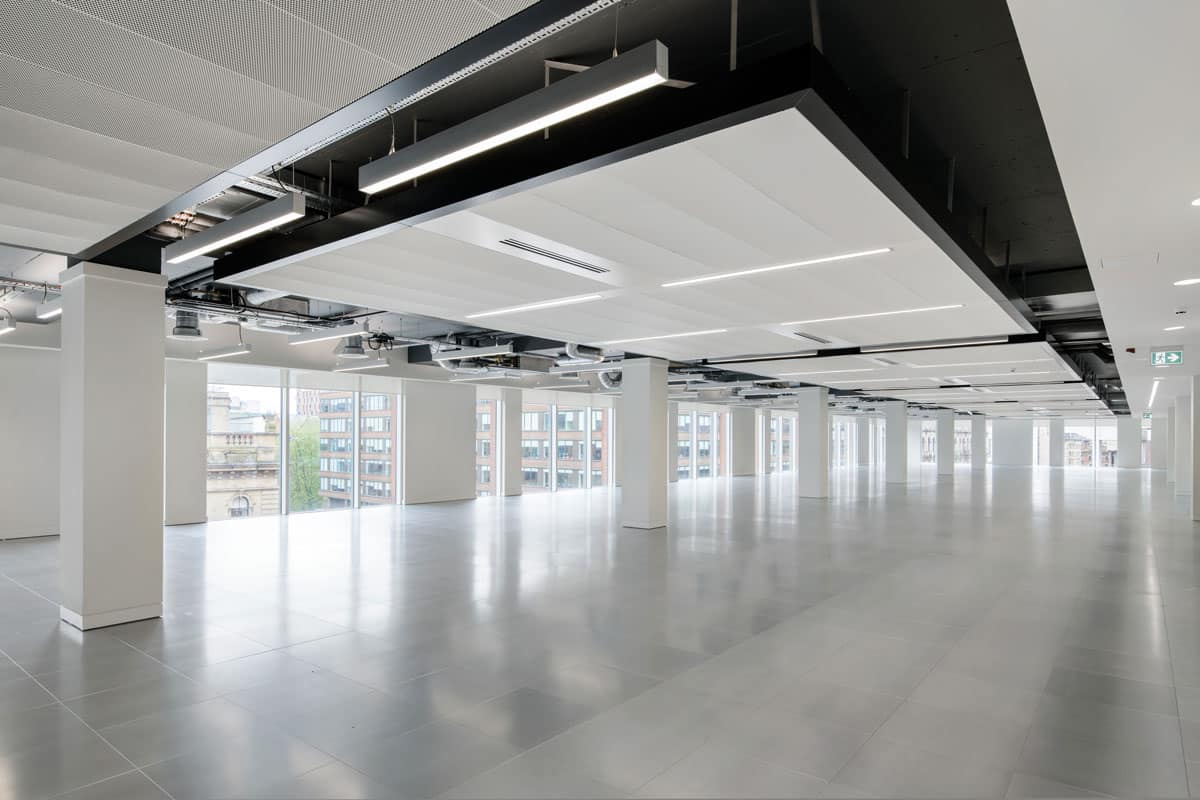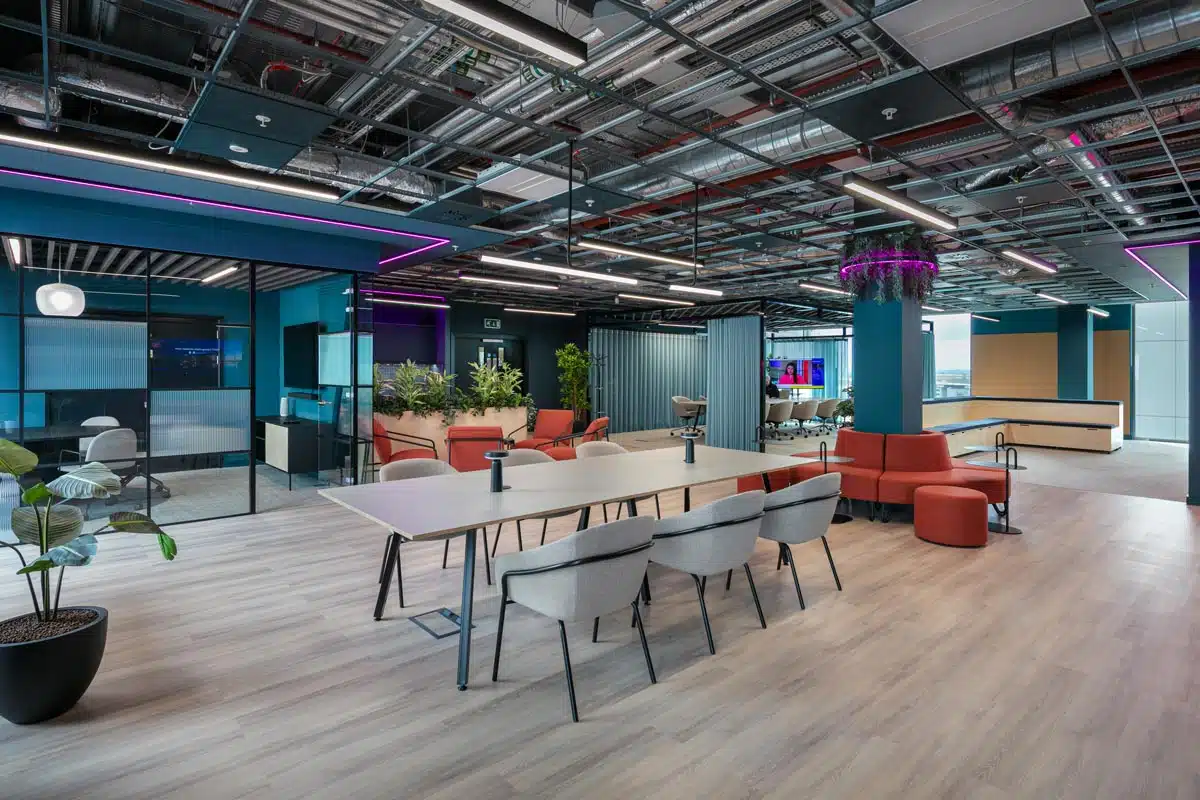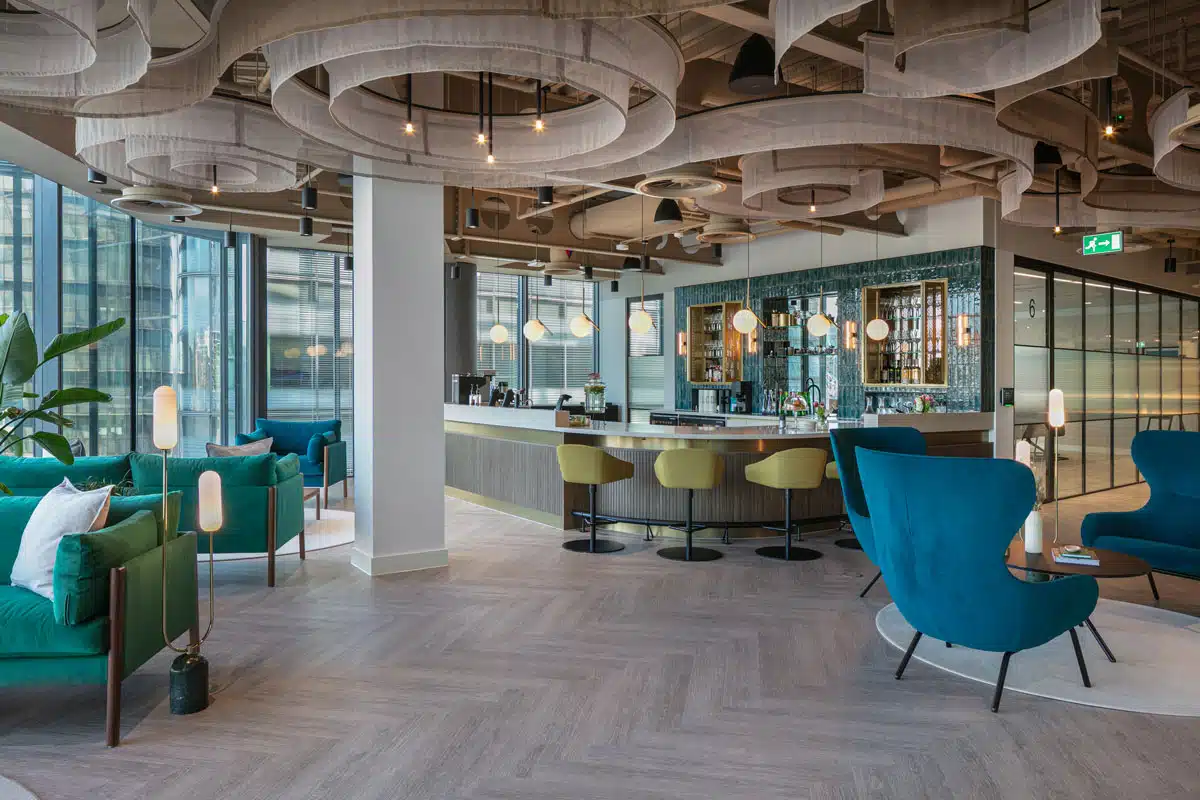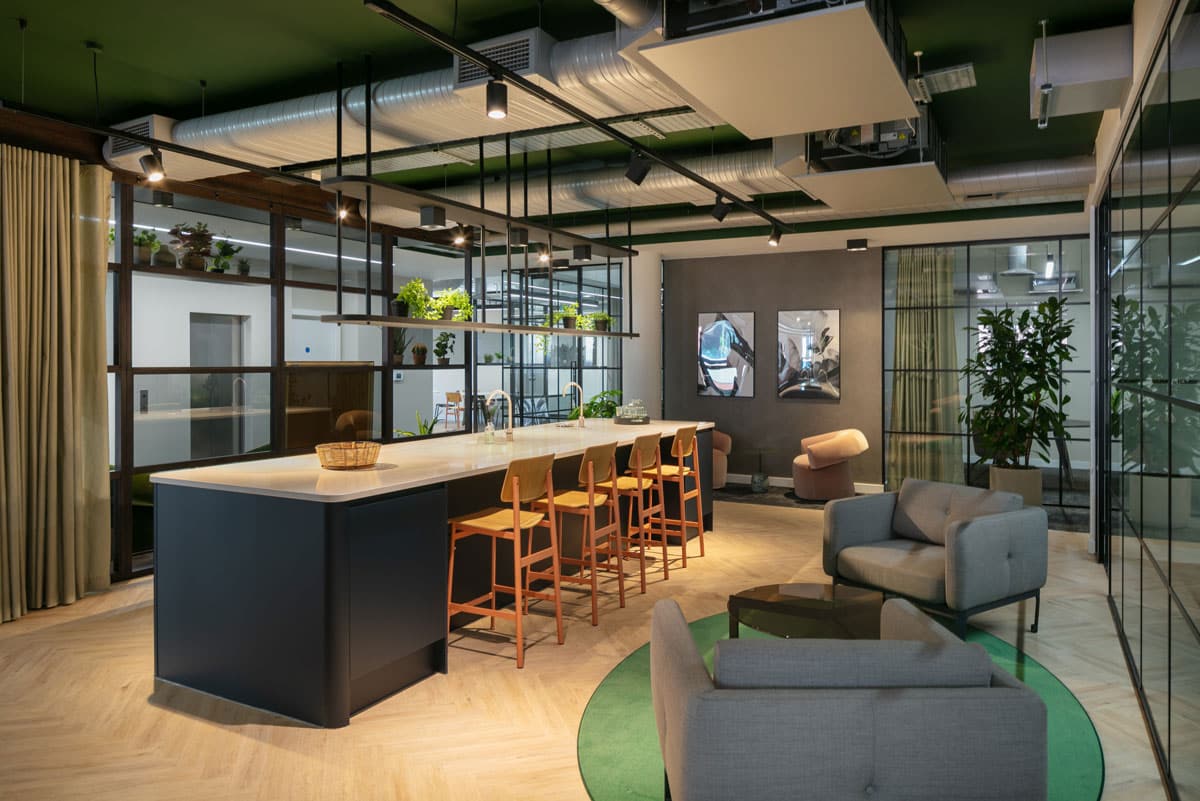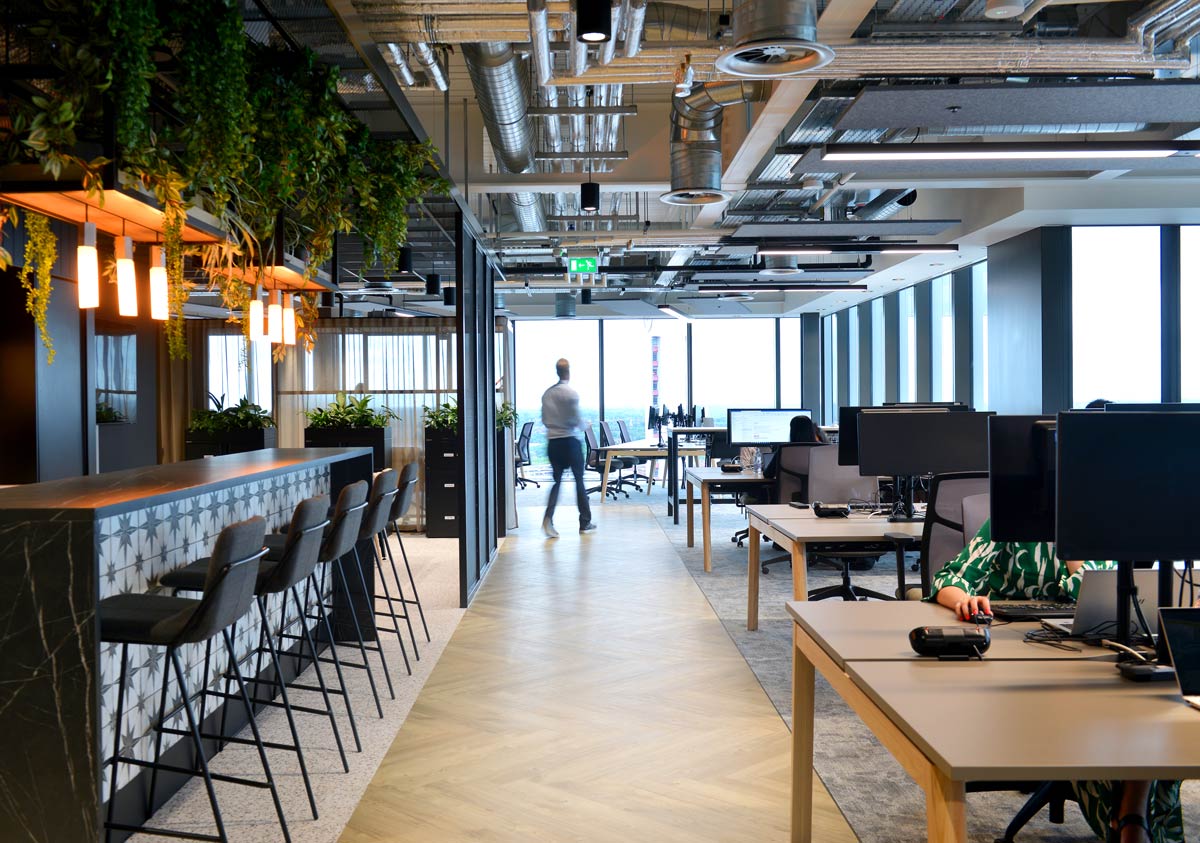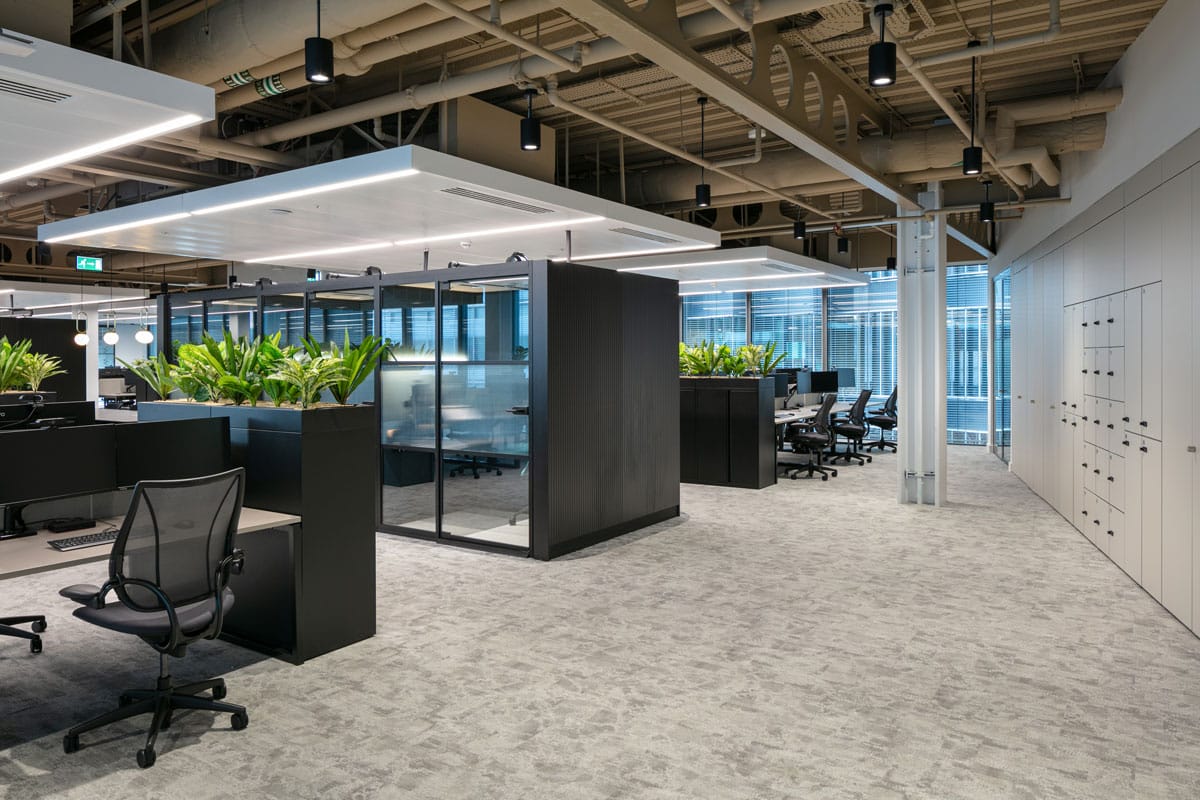When looking to move into or refurbish an office, understanding the different fit-out stages is essential. Each type, Shell & Core, Cat A, and Cat B represents a different stage of development and has its own advantages depending on your business’s needs, budget, and timeline.
This article breaks down each fit-out level and provides examples of when and why a business might choose one over another.
What Is a Shell & Core Fit-Out?
When to Choose Shell & Core:
Example Use Case:
What Is a Cat A Fit-Out?
Category A (Cat A) fit-outs take the space one step further. These include basic finishes and services such as:
- Suspended ceilings
- Raised floors
- Lighting
- HVAC systems
- Basic fire detection and smoke alarms
It creates a usable, functional space—but one that’s still a blank canvas when it comes to style, layout, and branding.
When to Choose Cat A:
Example Use Case:
What Is a Cat B Fit-Out?
A Cat B fit-out builds upon the base set by Cat A, transforming the space into a fully operational workplace. It includes:
- Partitioned meeting rooms and private offices
- Reception areas and kitchens
- Furniture and workstations
- Flooring finishes and decoration
- IT and AV installation
This is where the office truly reflects a business’s culture and functional needs.
When to Choose Cat B:
Example Use Case:
Cat A+ and Other Variations
Some landlords now offer Cat A+ or “plug and play” fit-outs—spaces that include furniture, meeting rooms, and connectivity, ready for immediate use.
While flexible, these may lack the uniqueness or cultural identity that a bespoke Cat B design provides.
Comparing the Fit-Out Options
Each fit-out level offers a different degree of completion and control, depending on your business needs. A Shell & Core fit-out is typically delivered by the developer or landlord and includes only the structure of the building—think concrete floors, exposed ceilings, and no internal finishes. This option is best suited to businesses wanting full control of the entire office design, often for bespoke headquarters builds.
Moving up a level, a Cat A fit-out is also delivered by the landlord but includes essential elements such as lighting, raised floors, suspended ceilings, and mechanical and electrical services. This provides a functional, blank canvas that tenants can then customise further. It is ideal for companies that want to bring in their own designers and choose how the space is laid out and finished.
A Cat B fit-out is typically managed by the tenant, often with support from a fit-out contractor. It involves creating a fully operational workplace, including meeting rooms, reception areas, kitchens, furniture, branding, and IT infrastructure. This option is ideal for businesses wanting a turnkey solution that aligns with their culture and working style from day one.
Finally, some landlords now offer Cat A+ or plug-and-play spaces. These are semi-furnished, pre-connected offices that are ready for immediate use. While convenient for start-ups or companies needing short-term solutions, they offer less opportunity for customisation compared to a bespoke Cat B fit-out.
Key Considerations When Choosing
Choosing the right fit-out level depends on several factors:
- Timeline: Cat B takes time but delivers a complete solution. Cat A+ is quicker to occupy.
- Budget: Shell & Core and Cat B involve higher upfront costs.
- Control: If brand identity and layout are crucial, Cat B gives you the freedom to tailor everything.
- Growth Plans: If scaling fast, a Cat A+ or Cat B space might allow more flexibility without upfront delays.

